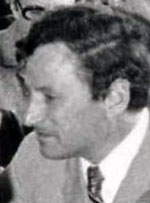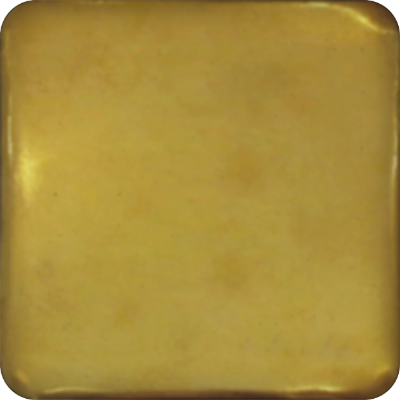Hofrat DDr. Gerhard Stepantschitz

Personalia
Born:
Died:
Profession:
Persecution:
Imprisoned 12.03.1938 (some time),
Resistance fighter (undetected)
Memberships
Curriculum Vitae
Gerhard Stepantschitz attended grammar school in Graz and graduated in 1935. He then began studying law at the Faculty of Law and Political Science at the University of Graz, which he completed in 1939 with a doctorate (Dr. iuris). In 1935, he was accepted into the Carolina Graz student fraternity. In 1938, he was also active as chairman of the Catholic-German Students' Union [KDHÖ] in Graz. Here he played a key role in the defense against National Socialism.
After the Anschluss, he was arrested and transferred to the police prison in Graz for some time. In 1939, he began studying medicine at the University of Graz, where he received his doctorate in 1945 before the end of the war.
There was a medical company at the university that did not have to go to the front. From this group of students and a group of Catholic university students, an illegal university community is formed under the significant influence of members of the Carolina student fraternity, such as Gerhard Stepantschitz with the Mafianist priest Bruno Schilling as university chaplain, from which Carolina can recruit its "illegal" offspring. The meetings took place unnoticed by the Gestapo in private apartments. On June 15, 1941, Carolina Graz was secretly reactivated in the apartment of Gerhard Stepantschitz, who was still formally the chairman of the disbanded Carolina student fraternity.
After the fall of Stalingrad, four Carolinians, including Gerhard Stepantschitz, attempted to remove the six-metre-high "Hitler Oak" in the Opernring curve in the spring of 1943 in a night and fog operation in April: first the tree is to be destroyed using a poison syringe, but this is not enough, as it continues to sprout anyway - then the oak is felled one night in April, although this is a dangerous action for everyone involved (see also under Gerald Grinschgl and Josef Liegl).
In February 1945, a group including Gerhard Stepantschitz and Gerald Gringschgl set off from Graz to the west. They arrive in Lungau at the end of April. On April 24, 1945, Adolf Hitler removed Hermann Göring (1893-1946) from all his offices and accused him of high treason; Göring was then arrested on the Obersalzberg. On May 7, 1945, he wanted to flee to Mauterndorf "to the castle of my youth" [according to Göring]. When Gerhard Stepantschitz learns of this, he sends Gerald Grinschgl to Innsbruck to the active resistance group under Karl Gruber in order to obtain an arrest warrant for Hermann Göring. However, he flees to Fischborn Castle in Salzburg's Pinzgau region for safety's sake. Lungau is liberated and red-white-red flags greet the advancing British troops.
During the Second World War, Gerhard Stepantschitz serves as a medic at the front in the Soviet Union and Greece. After the war, he initially stayed in Lungau and became a secondary school doctor in Tamsweg. He returned to Graz in 1947 and found a position as assistant doctor at the provincial hospital, where he was appointed head of the IV. Medical Department in 1954. From 1977 until his retirement in 1982, he held the position of Medical Director of the hospital. 1974-1981 he was a member of the Styrian Parliament and 1981-1986 a member of the Federal Council.
Places
Residence:
Citations
Krause, Peter/Reinelt, Herbert/Schmitt, Helmut (2020): Farbe tragen, Farbe bekennen. Katholische Korporierte in Widerstand und Verfolgung. Teil 2. Kuhl, Manfred (ÖVfStG, Wien) S. 346/347.
